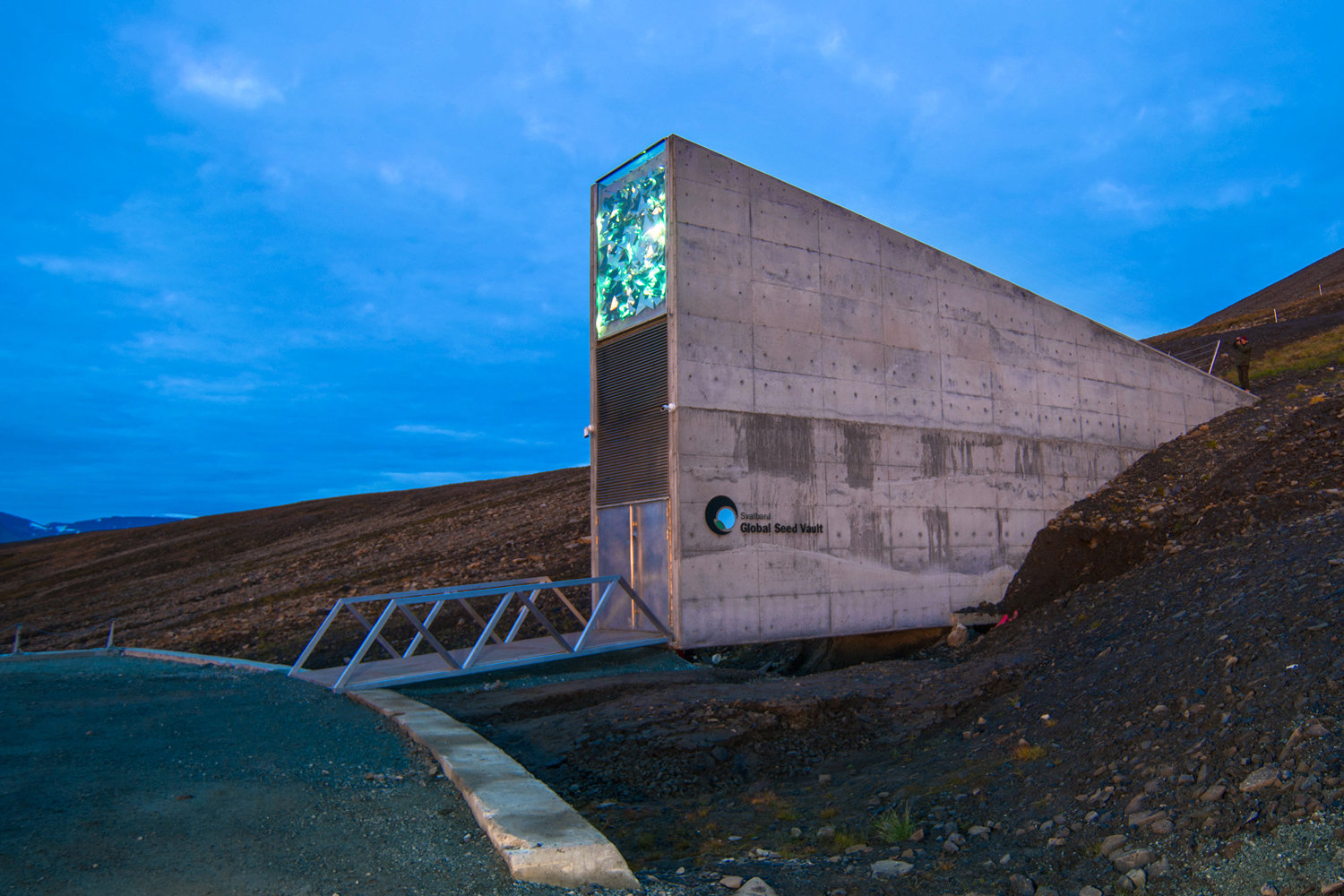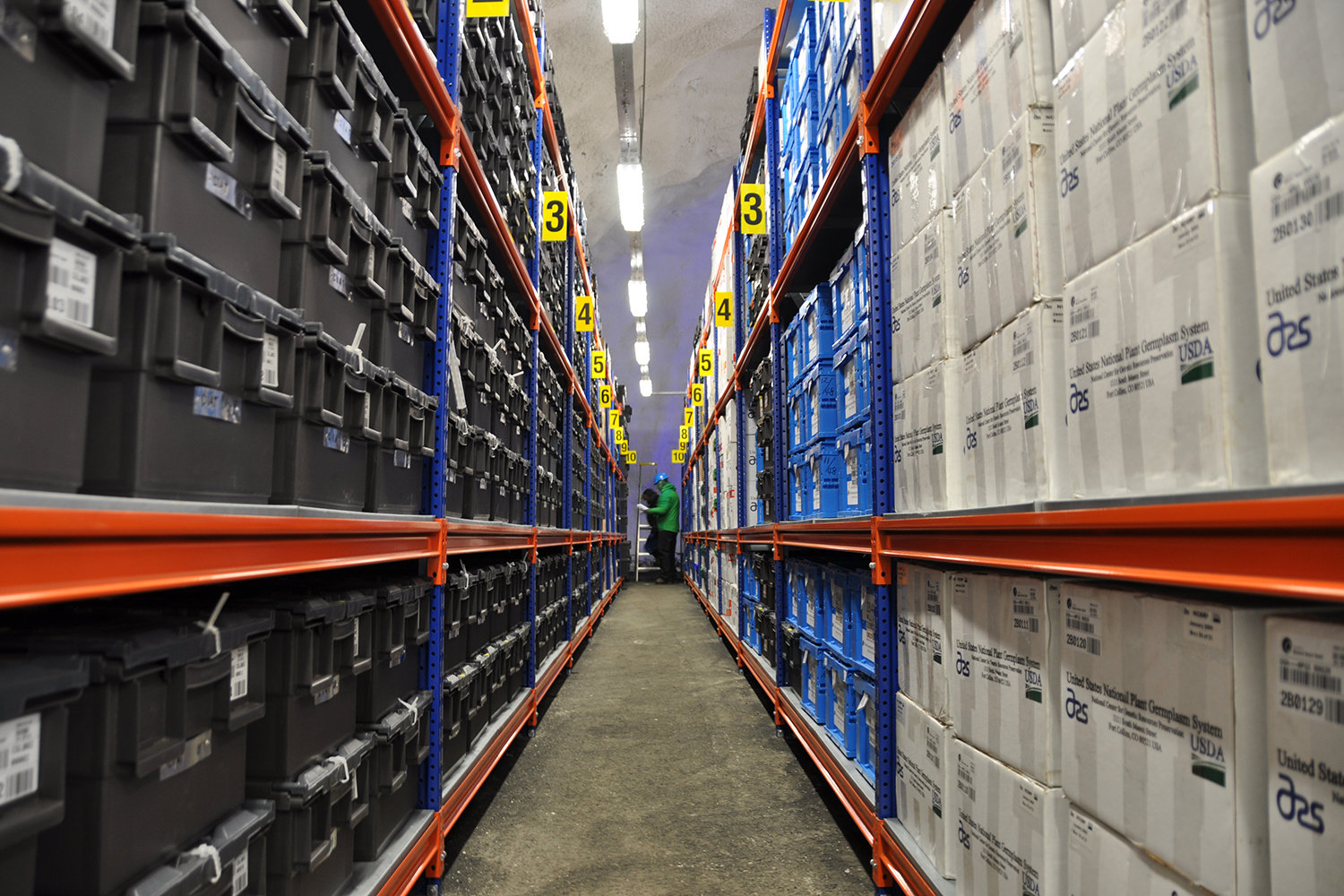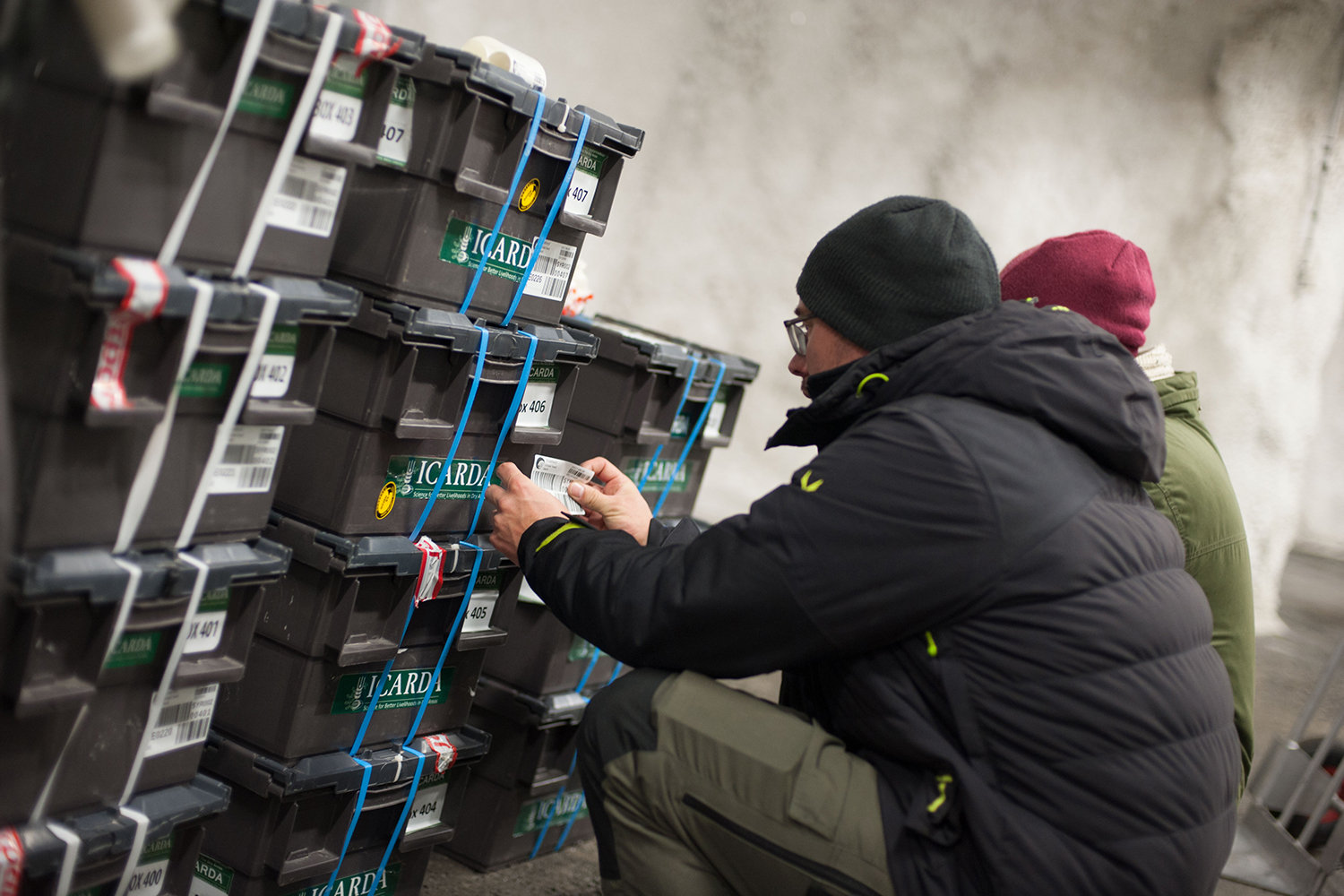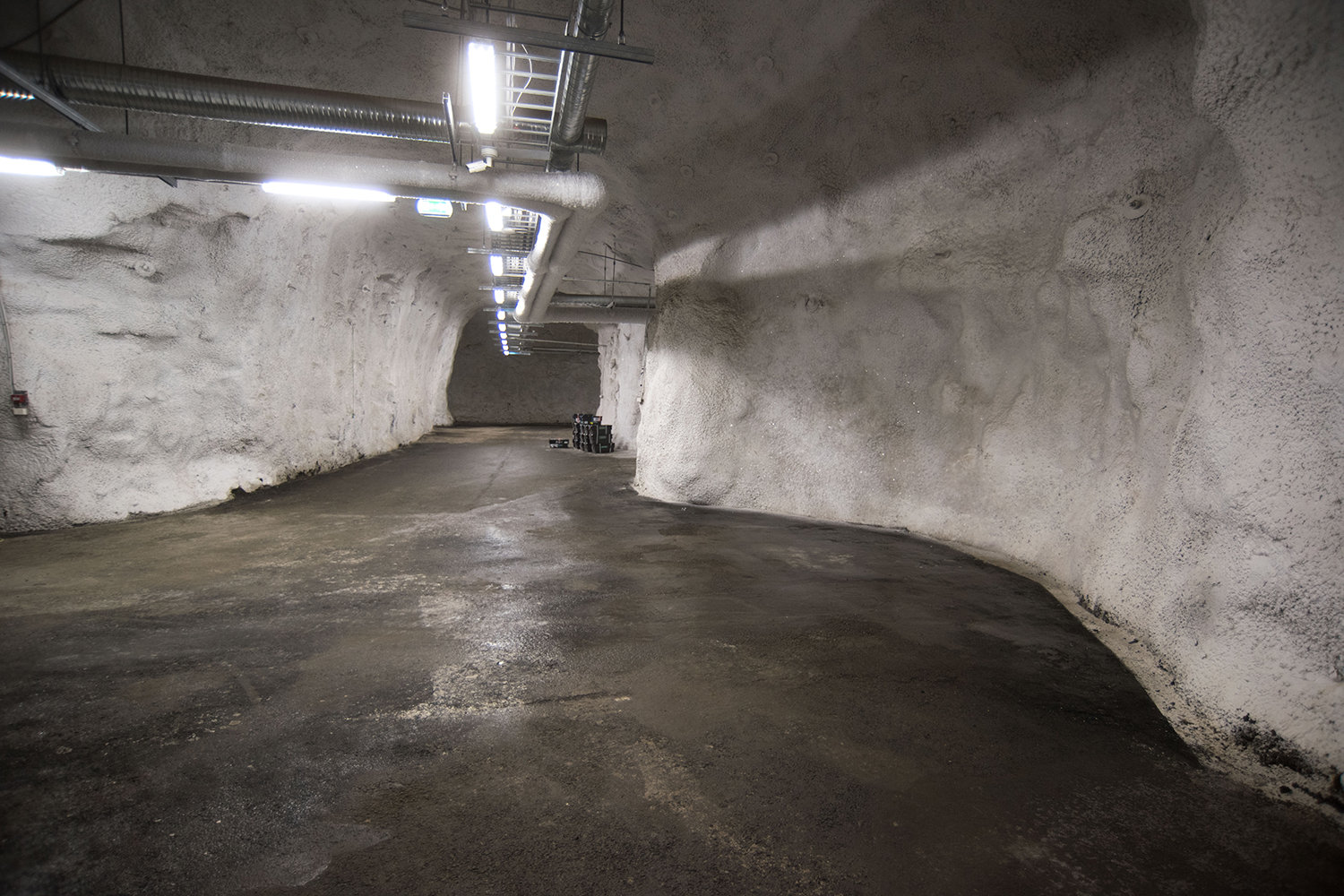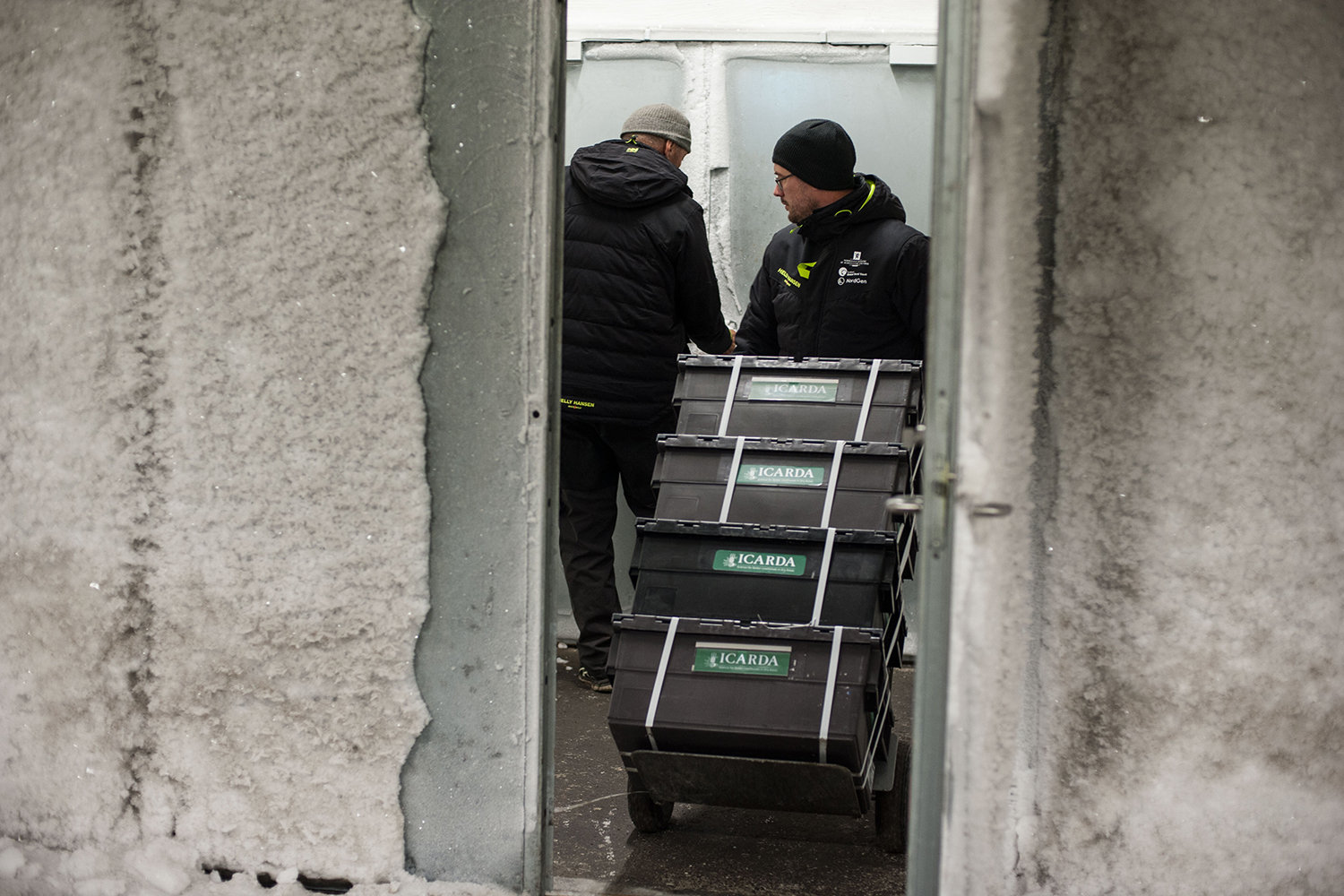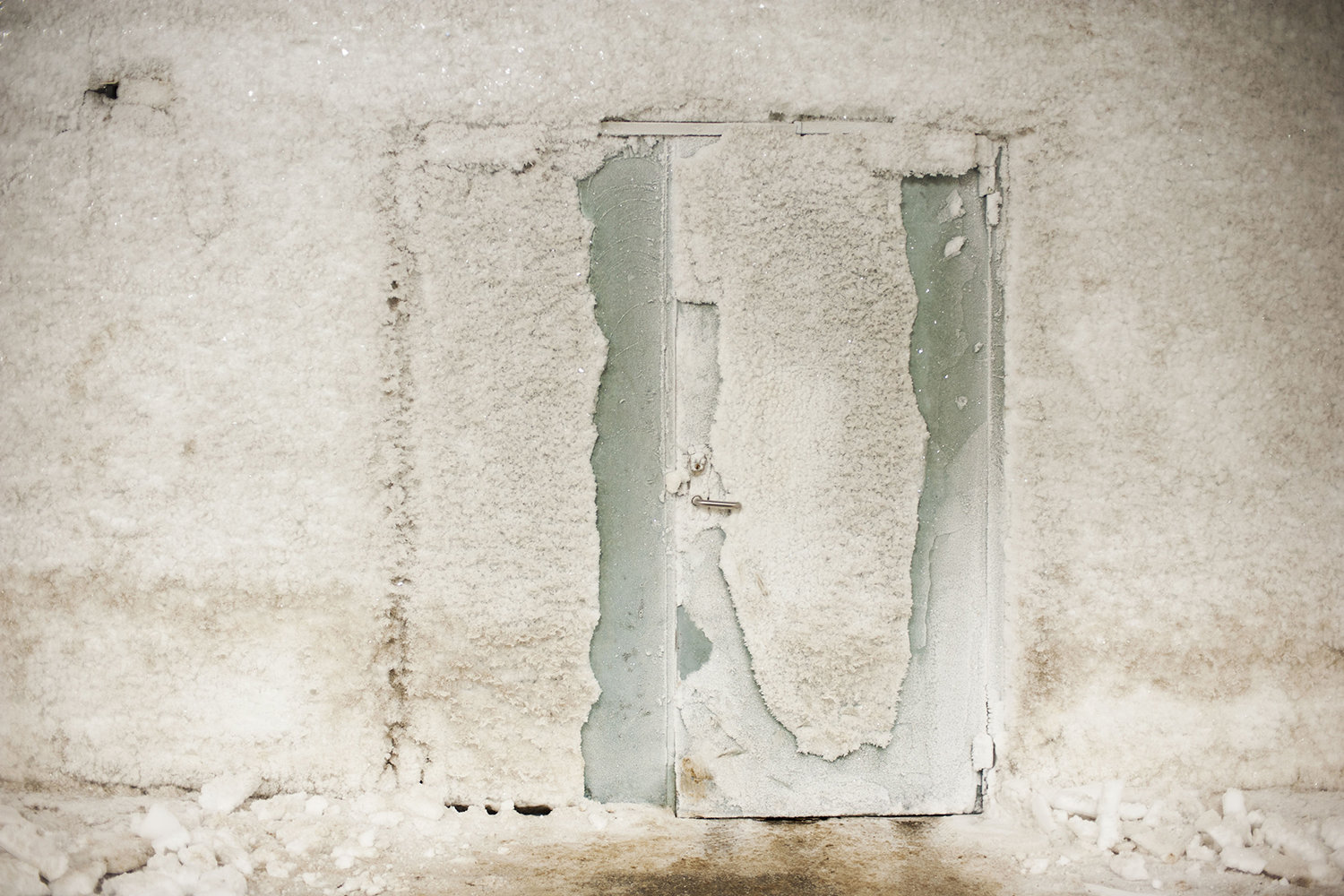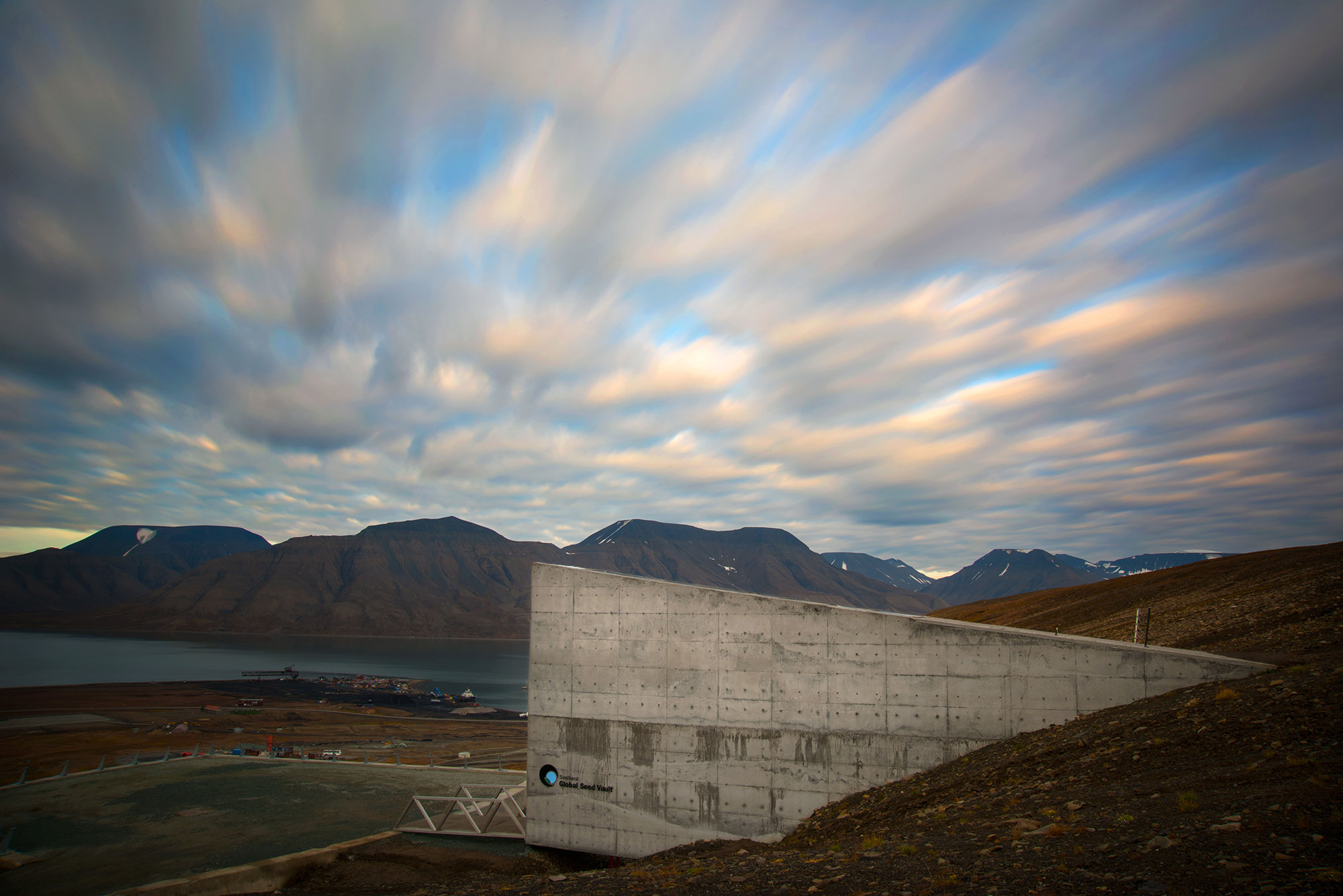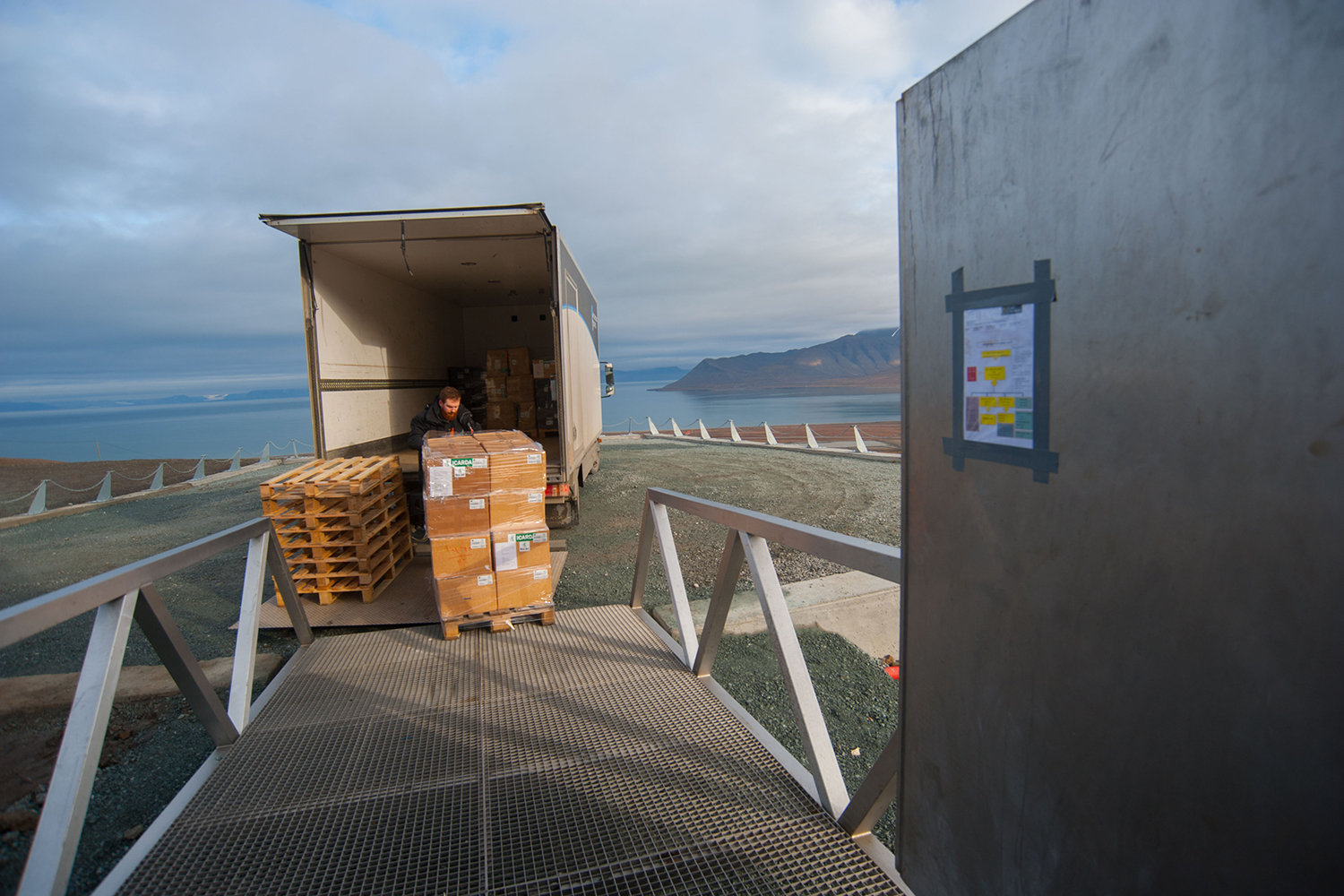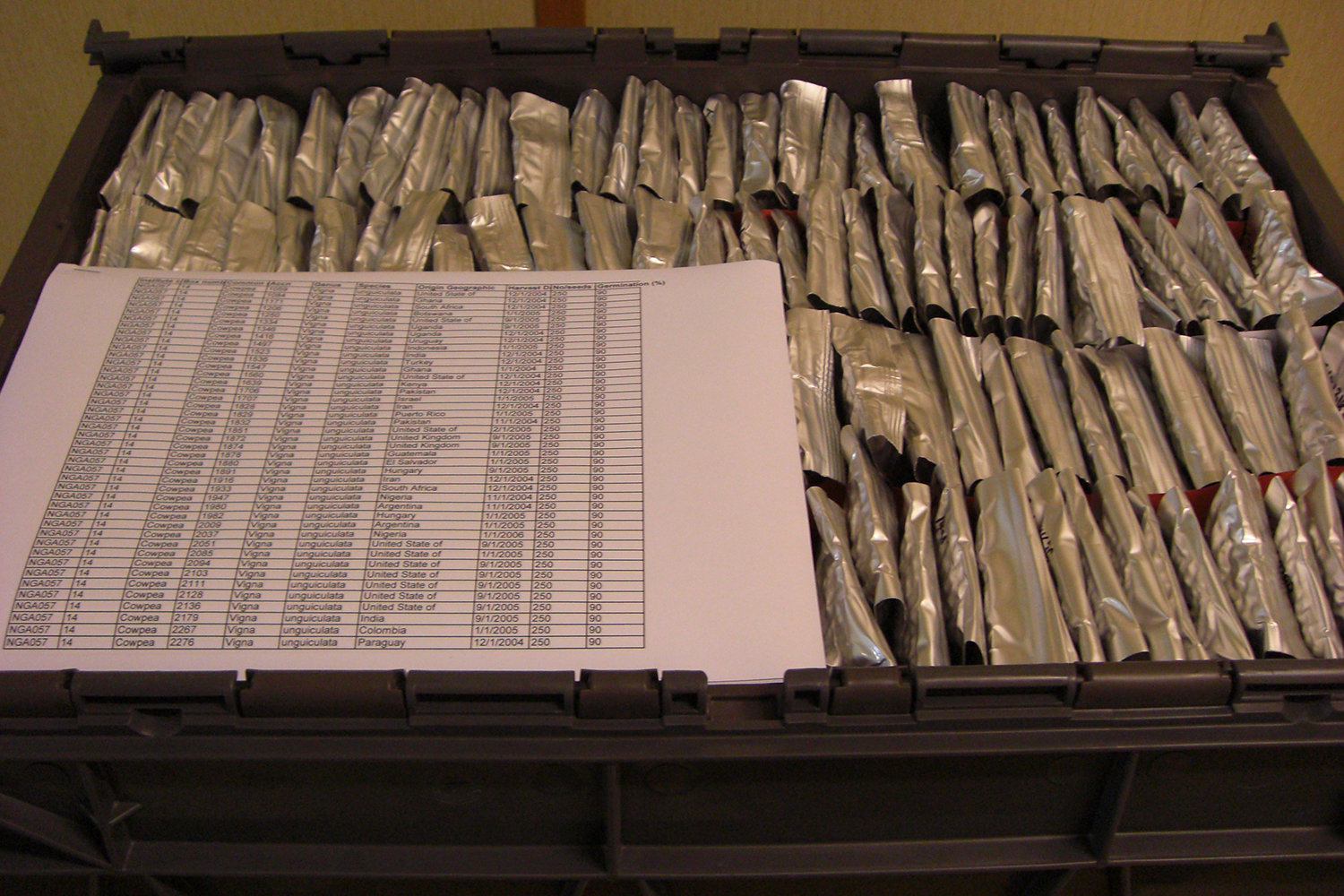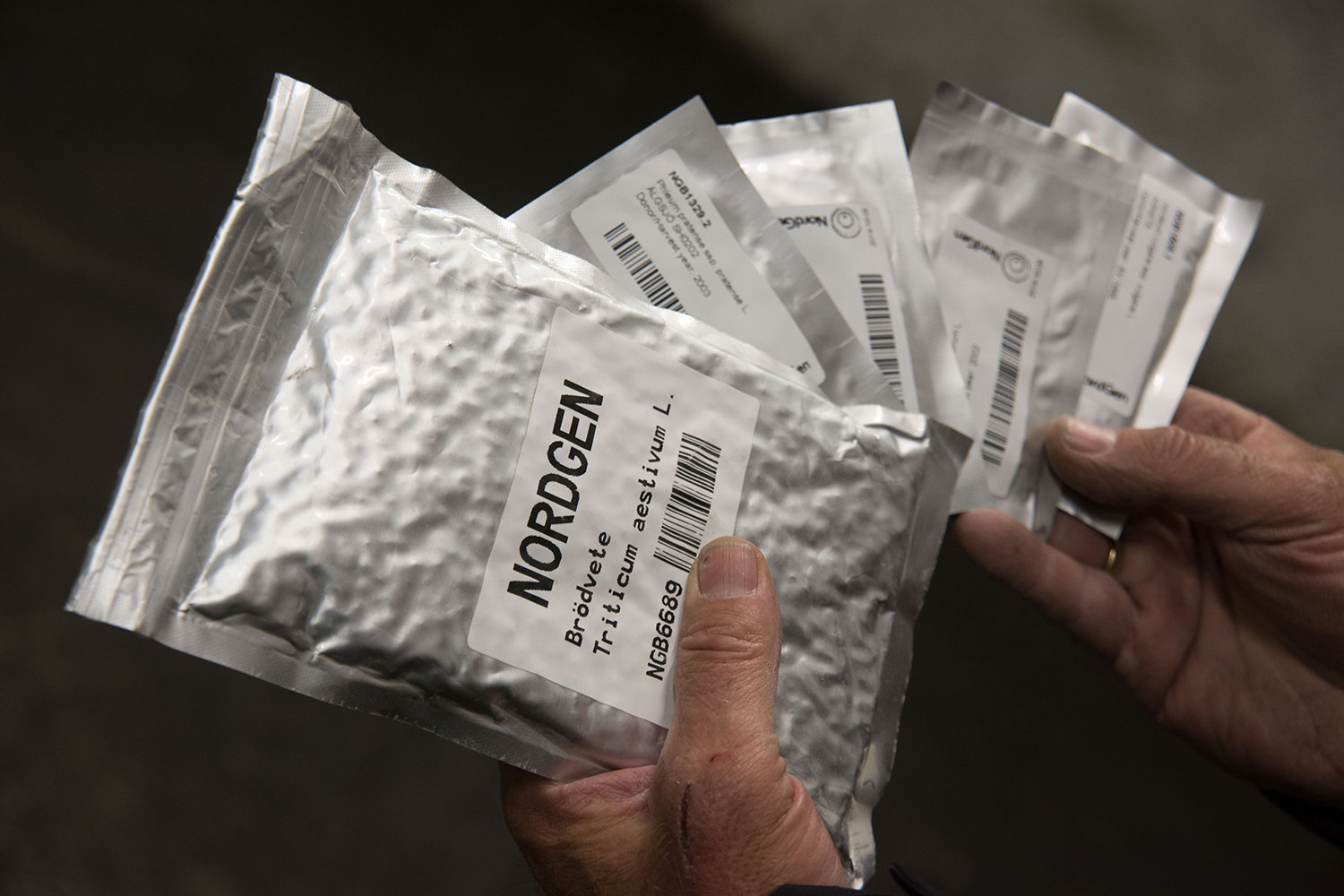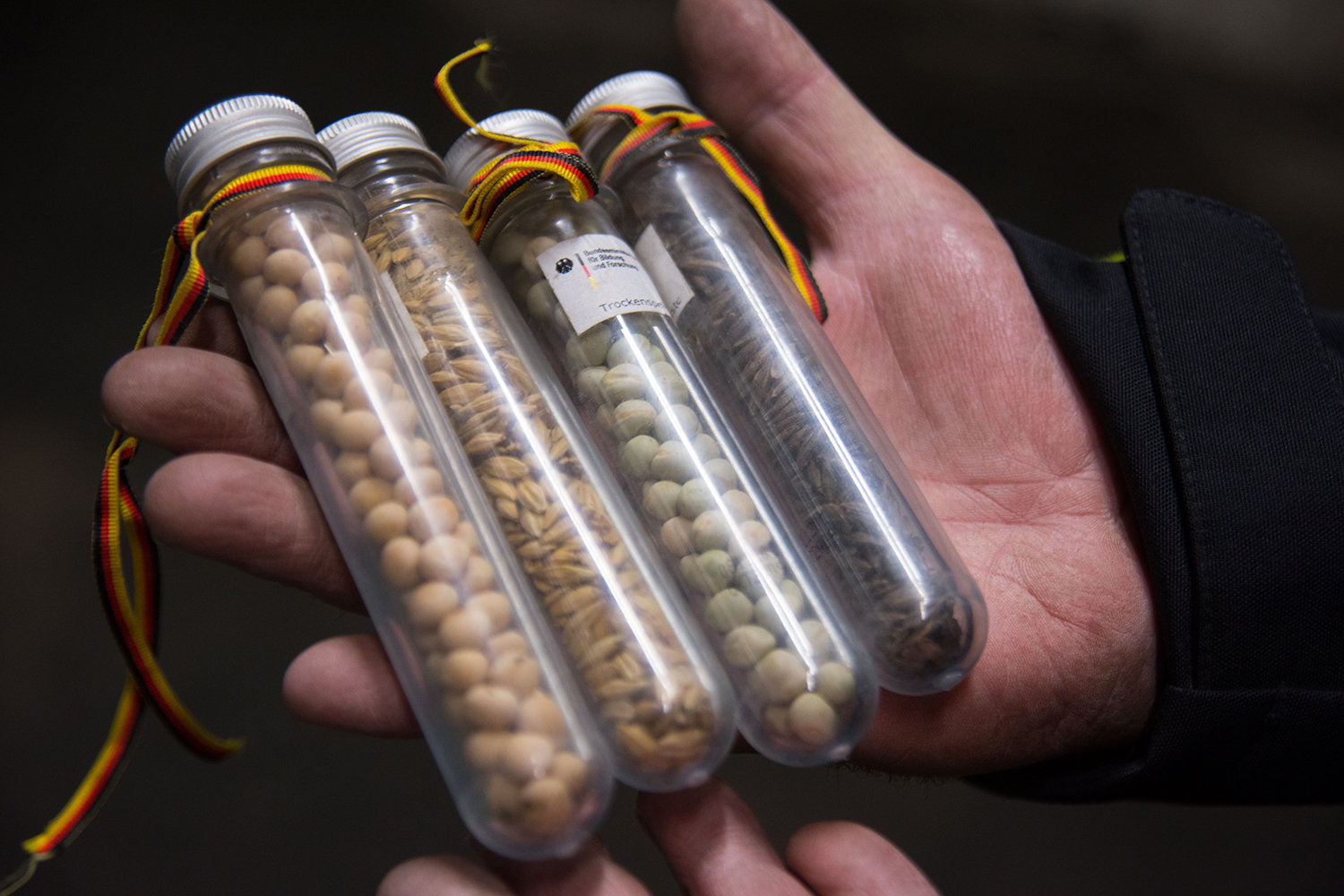The idea to create a global crop depositary was first floated in the 1980s. The first depositary was created by the Nordic Gene Bank in 1984 in an abandoned mine far from Spitsbergen but this facility has nothing to do with the doomsday vault, which opened in 2008. The vault was financed by the Norwegians and now the Norwegian government together with Global Crop Diversity Trust and NordGen are maintaining the bank and are responsible for the seeds' safety.
Seed banks were also built in some other countries at different times but the depositary on Spitsbergen is collecting reserve samples as it was designed to secure the nation against a situation which makes it impossible to use the government reserve. Spitsbergen is a seismically stable and demilitarized region that is accessible to vehicles, making it the perfect choice of location to build a global depositary.
